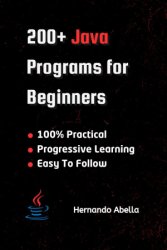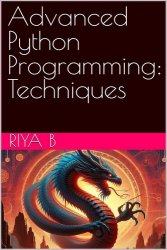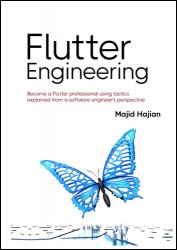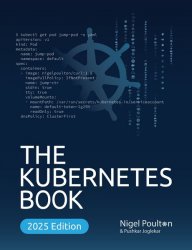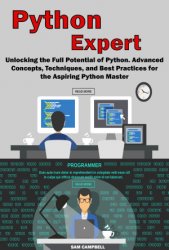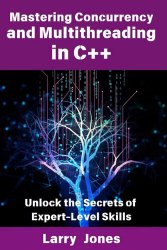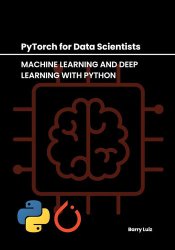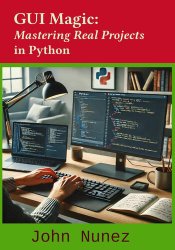- Добавил: Natali26
- Дата: 18-03-2025, 11:14
- Комментариев: 0
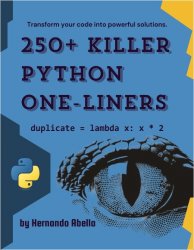 Название: 250+ Killer Python One-Liners
Название: 250+ Killer Python One-LinersАвтор: Hernando Abella
Издательство: Hernando Abella
Год: 2024
Формат: pdf, epub
Страниц: 284
Размер: 12,48 Мб
Язык: английский
Welcome to a coding adventure like no other! '250+ Killer Python One-Liners' is your passport to mastering the intricacies of Python. Inside, discover a collection of powerful, concise code snippets that will transform the way you write and think about Python. Even if you are a seasoned developer or just starting, this book is your gateway to unlocking the true potential of the language. Join us as we delve into the art of crafting code that not only solves problems but does so elegantly and efficiently.

